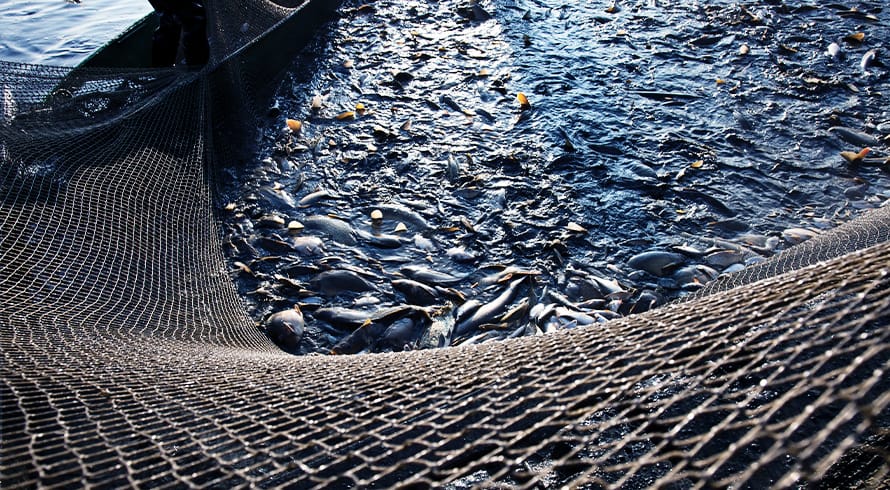Tax highlights from the Draft 2023 Budget Policy Statement
At a glance
- The Draft 2023 Budget Policy Statement (BPS) published by the Kenya National Treasury aims to achieve economic turnaround and inclusive growth through investments in key sectors.
- The government projects a rebound in Kenya's real GDP from 5.5% in 2022 to 6.1% and aims to raise KES 3 trillion in revenue in the financial year 2023/24.
- The BPS proposes tax policy and administrative reforms, including reducing tax gaps, integrating tax systems with telecommunication companies, expanding the tax base in the informal sector, and implementing measures to enhance customs and border control. It also introduces tax incentives in sectors like pharmaceuticals, electric vehicles, and sports and art industries.
To finance the economic turnaround plan, the Government projects Kenya’s real gross domestic product (GDP) will rebound from 5,5% in 2022 to 6,1%. The Government expects to raise revenue of KES 3 trillion in the financial year 2023/24 and KES 4 trillion over the medium term.
The BPS has proposed a cocktail of tax policy and administrative reforms. With respect to administrative reforms, it seeks to reduce the valued-added tax gap from 38,9% to 19,8% by rolling out the Electronic Tax Invoice Management System (eTIMS). It also aims to reduce the Corporate Income Tax gap from 32,2% to 30% of the potential, as envisaged in the Kenya Revenue Authority’s (KRA) Corporate Plan.
In addition, the BPS contemplates integrating the KRA’s tax system with telecommunication companies, expanding the tax base in the informal sector, and implementing rental income tax measures by mapping rental properties. It also aims to roll out measures at customs and border control leveraging technology and enhanced data analytics to enhance revenue per unit.
Strategic aims
Regarding policy reforms, finalisation of the National Tax Policy and the Medium-Term Revenue Strategy (MTRS) for the period FY 2023/24 – 2026/27 is captured as necessary to boost tax revenues and improve the tax system in the country. The National Tax Policy is expected to provide consistency and certainty in tax legislation and management of tax expenditure, as well as to enhance the administrative efficiency of the tax system.
On the other hand, the MTRS aims for a comprehensive approach of undertaking effective tax system reforms. Notably, the objectives of the MTRS include raising ordinary revenue to GDP from 15% in 2021/22 to 25% by 2030 and increasing the tax compliance rate from 70% in 2021/22 to 90% by 2030. It also seeks to enhance the ease of doing business and promote collaboration between government entities for domestic revenue mobilisation.
Tax incentives
The BPS has also introduced multiple tax incentives in disparate sectors in a bid to promote local manufacturing and production. The BPS asserts that domestic pharmaceutical manufacturers have the capacity to compete favourably but are inhibited by punitive taxes and the high cost of production. To address this situation, the Government aims to review the tax regime and high cost of doing business in a bid to scale up domestic manufacturing of pharmaceutical products and other essential supplies. Last year, the Government introduced various tax incentives for manufacturers of human vaccines.
The Government also intends to incentivise commercial transporters and public service vehicle operators to adopt electric vehicles by offering tax incentives. In this regard, the Government is keen to develop the electric vehicle and motorcycle assembly industry. Currently, motor vehicle assemblers enjoy a reduced corporation income tax rate and can import completely knocked down kits for assembly free of duty subject to getting approval from the Government.
Additionally, the BPS articulates tax incentives to harness the potential of the sports and art industries in the country. The Government aims to provide a ring-fenced or dedicated tax and public-private partnership framework for infrastructure development as well as tax incentives for corporate sponsorship.
Other initiatives in the BPS include training of KRA staff, leveraging data that the various government agencies have, automation of systems for all key government entities, monitoring excisable goods factories and monitoring payments from Government to ensure taxes are paid.
Conclusion
To sum it up, the BPS seeks to roll out various tax policies and administrative reforms in an attempt to transform the nation’s economy and spur growth. It highlights various measures and incentives in various sectors aimed at increasing revenue collection, promoting local manufacturing and production, and reducing reliance on foreign debts.
In terms of next steps, The Public Finance Management Act requires Treasury to prepare and submit the BPS to Cabinet for approval. The Treasury then submits the approved BPS to Parliament by 15 February every year. Within 14 days, Parliament tables and discusses a report containing its recommendations and passes a resolution to adopt it with or without amendments. The Cabinet Secretary is then obliged to take into account resolutions passed by Parliament in finalising the budget for the relevant year.
The information and material published on this website is provided for general purposes only and does not constitute legal advice. We make every effort to ensure that the content is updated regularly and to offer the most current and accurate information. Please consult one of our lawyers on any specific legal problem or matter. We accept no responsibility for any loss or damage, whether direct or consequential, which may arise from reliance on the information contained in these pages. Please refer to our full terms and conditions. Copyright © 2026 Cliffe Dekker Hofmeyr. All rights reserved. For permission to reproduce an article or publication, please contact us cliffedekkerhofmeyr@cdhlegal.com.
Subscribe
We support our clients’ strategic and operational needs by offering innovative, integrated and high quality thought leadership. To stay up to date on the latest legal developments that may potentially impact your business, subscribe to our alerts, seminar and webinar invitations.
Subscribe




